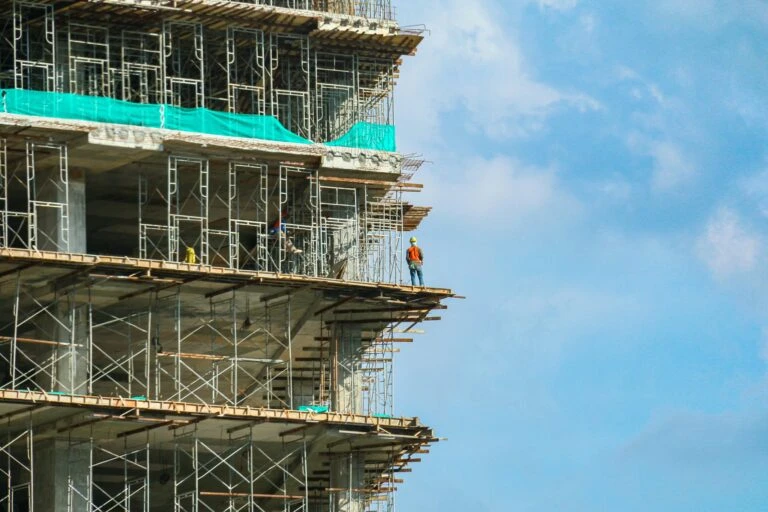
Will virtual reality ever really come to affect our day-to-day lives? And aside from consumer applications, are there ways in which VR can be utilized for business? For example, we wonder if we will see construction managers and superintendents going on-site checks by stepping onto the old holodeck one day.
While managing a construction project may not be life-or-death, it\'s certainly an adventuresome profession, and the reality is that virtual reality as a construction technology tool is nothing new. Ideas for the technology now known as Building Information Modeling (BIM) were being discussed as early as the 1970s, and the first BIM software debuted in 1987 in the form of a program called ArchiCAD. The advantages of BIM over traditional blueprints or even structural models were quickly apparent.
By building a 3-D structure on-screen, architects and construction managers can move through its rooms. This allowed various parties to envision the shape of an evolving project and easily make additions or eliminations to it. Previously, such alterations would entail completely new renderings of plans, which was costly and time-consuming.
When considering the need to build a program in technology and management, it can seem like there are no cons as far as how effective such a program could be for construction firms. But the construction industry has been slow to fully embrace this concept of building programs in technology and management. This is due largely in part to the complexity required on many levels to create and set up technology programs, which only those with robust IT departments or access to outside technical support resources can afford at present. But that has been changing over the last decade.
More and more organizations, including Microsoft and Daqri, have announced projects dedicated solely to developing immersive virtual reality software packages and accompanying accessories that are affordable and easily adaptable for building management purposes.
With the recent rise of virtual reality, many are debating whether democratization inside the world of 3-D could be an important benefit to society. There\'s no question that VR tech will change how we see our surroundings given its unprecedented advancements. However, with this advancement within a digital medium, one thing must be clear. We cannot forget about either 4-D or 5-D technology. Since both rely on images to showcase what a place may look like after some time has passed, it offers us new ways of doing so. Like other systems currently available (3 dimension systems), 4-D allows project managers to program a project schedule directly into it. In contrast, 5-D allows them to budget money outright, saving both time and money by allowing for the inclusion of or quick changes to elements in their projects.
Larger companies such as McCarthy Building Companies in Arizona are already using technology originally developed for the computer gaming industry to work on virtual reality during construction projects. Although this may seem odd, given all of the time, money, and potential conflict VR can save during the building process; it\'s not a matter of whether this gaming-inspired technology will make its way into other sectors - but when.
Conclusion
New technology will keep on emerging in this industry. Likewise, new trends will keep on revolutionizing such sectors. For more details on general contractors cedar park tx, remodeling contractors, or remodeling contractors near me, contact Dominion Remodeling & Construction, Inc.
Source URL:https://dominiongroupllc.com/commercial-services/

